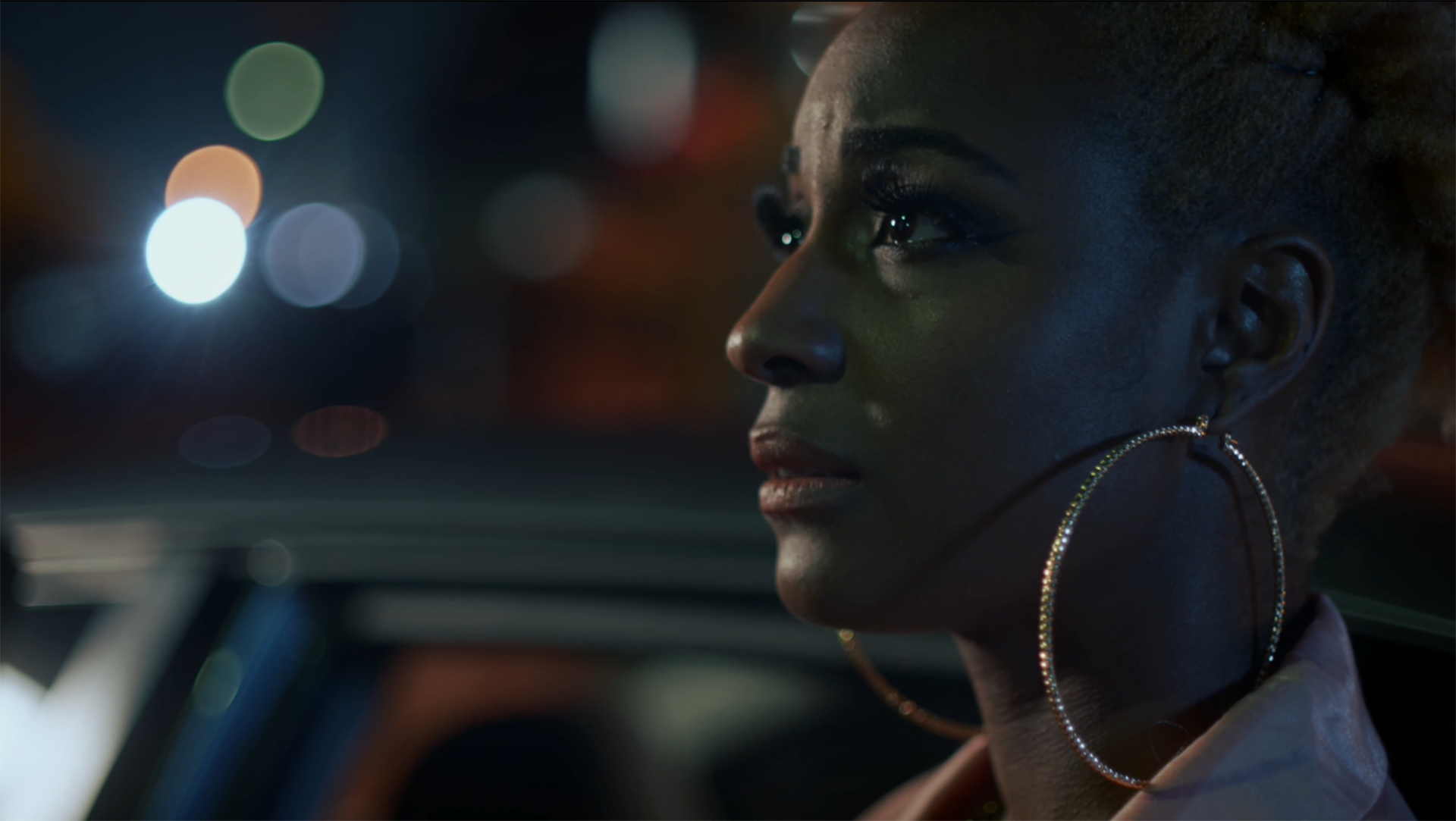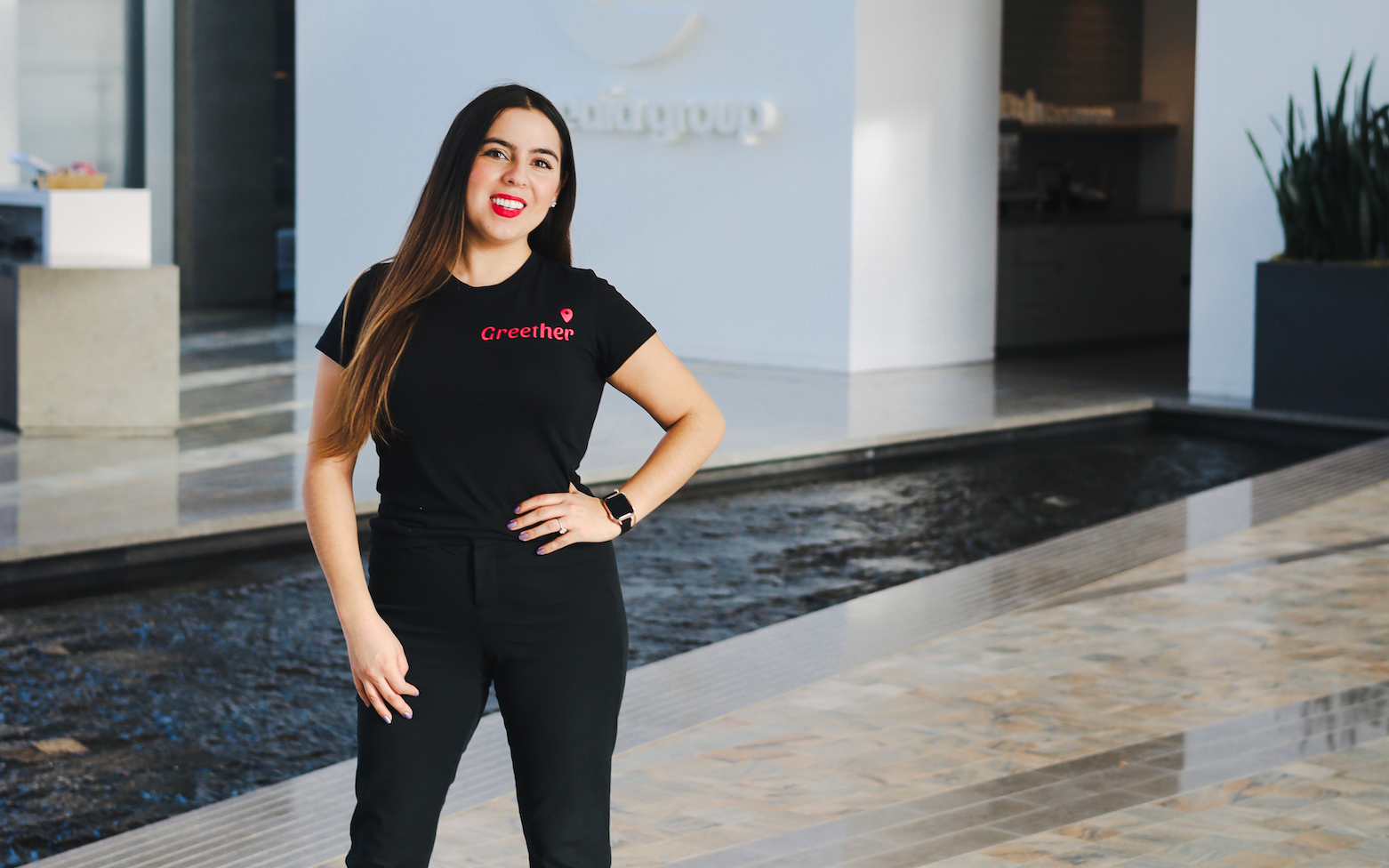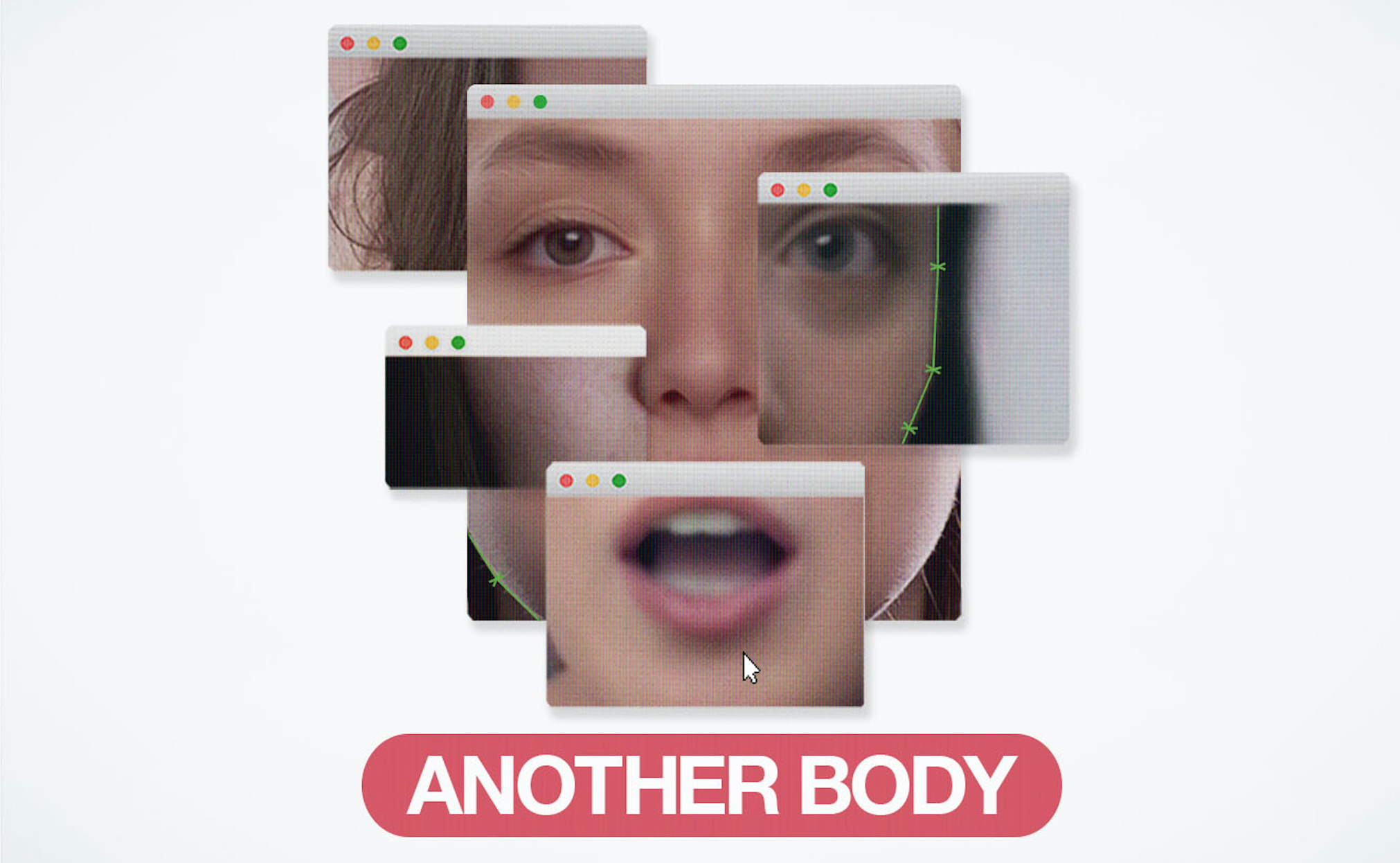
When we launched GirlTalkHQ, the one thing we knew for sure was this: that people wouldn’t find positive news “sexy”. With so many media vehicles sharing so many stories and bits of information, it becomes hard to compete in an environment which is largely driven by click-bait headlines.
We made the decision that we were not going to compromise on our mission to be a platform sharing important information and inspiring stories about women and for women. And we know, judging from the feedback we get every week, that these articles are hitting the right note with our readers.
So when we came across Kim Constantinesco’s online platform Purpose 2 Play, we were excited to see another media site which held the same values. Kim is an all-round badass who is a force to be reckoned with. She is an athlete who has used her passion for sports, and a background in journalism to create a website that promotes the kinds of sports stories you won’t typically see on ESPN.
You won’t find statistics and facts on P2P, you will find incredibly inspiring stories about athletes from all over the country who are pushing the boundaries in their field, sharing personal journeys from tragedy to triumph, and setting positive examples for their younger fans.
All you have to do is look on the homepage and see headlines such as “English soccer player paying for the funeral of a boy who lost his battle with cancer“, “Ravens receiver Steve Smith asks 18 year old with autism to her senior prom“, and “Sarah Piampiano quit her corporate job in NYC to become the top triathlete in the world” to get a sense of what you are in for.
As our fellow ally in the positive media space, we had the chance to ask Kim why she started Purpose 2 Play, and what drives her to share only inspiring stories on her platform.

Tell us about your background and involvement in competitive sports?
If you ask my parents, I entered this world hair tied back and dribbling a basketball. I parked myself in front of a TV to watch a Super Bowl long before I ran a plastic brush through a doll’s hair. In fact, the latter never really happened. While most young girls were applying makeup for the first time, I just assumed that they fell face first onto a box of Crayola’s. So I worked on my jump shot, learned how to carve up the mountains on my snowboard, and played with the boys instead.
I got so used to competing against boys (and I thoroughly enjoyed it) that I played basketball on an all-boys team until I was 14 years old. In high school, I continued playing ball and took to tennis. A year of college basketball was followed by a newly discovered passion for running and a short dip into the world of triathlons. Then at 31, I started competing on the big mountain snowboarding scene. I don’t think I’ve met a sport I don’t like, unless you ask me at mile 21 of a marathon.
What was it about sports that gave you such a rush of excitement?
When it came to sitting down in front of a game, I learned that sports have endings that Hollywood’s top writers can’t even dream of. Sports have narratives that are capable of pulling people together or driving them apart. They’re a barometer for the human spirit, and not just for the people playing. That is a rush.
Competing gave me my own opportunity to test myself. While growing up, we’re unsure of ourselves as we navigate the world and our place in it. Relationships can be confusing and we second guess our decisions all too often. At least I did. As I was throwing myself into sports, it created a sense of stability in my life. I knew that if I trained for something and worked on the skill, I would get out of it exactly what I put into it. I think that instills confidence and an element of control on a number of levels, which was exciting to me.
How did you get into sports journalism?
I took the back door into the field. Writing became a creative outlet for me while I was getting my masters degree in psychology. I wasn’t a great therapist while I was seeing clients in graduate school, but I enjoyed hearing their stories and writing patient notes. After I got my degree in 2007, blogging was relatively new. I joined on with FanSided (which was three months old and is now owned by TIME Inc.), and built up some credibility as I attended NFL events and Broncos’ training camps. Ultimately, time and experience were my biggest teachers.
Getting injured is an athlete’s worst nightmare, which can potentially end their career. For you, an injury was merely the turning point. Can you explain what happened and how you changed the course of your career direction?
I was doing a back flip on my snowboard when the top of the homemade jump crumbled. I learned that it doesn’t matter how soft the snow is, or if you’re wearing your helmet. Landing on your head is a harsh experience. Immediately, pain rocketed through my shoulder as my right arm went numb. I thought that I had injured my shoulder, but after an MRI, doctors discovered a major neck injury. I was millimeters away from being a paraplegic, or worse.
I had surgery where they opened the front of my neck, removed the busted disc, replaced it with a cadaver bone, and secured everything in place with a plate and screws. I had never had a major injury before that; nothing that took me out of my “game” for longer than a week. Having that downtime and working toward my own comeback subtly created a shift in perspective. I was no longer fulfilled covering only football. I needed more meaning in my life, a greater purpose, and a platform to tell the sports stories that really matter.
Why did you decide to create Purpose 2 Play?
As much as I love watching the touchdown runs and game winners, I think the real stories often get lost in between the scoreboards and fantasy stats on major news outlets.
In a media culture that uses negativity to capture our attention, I wanted to build an outlet that dives under the surface hype to illuminate heroes in our athletes; those who play all different sports at all different levels. It doesn’t matter if you’re a 76-year-old powerlifter, someone with cerebral palsy summiting Mt. Kilimanjaro, or Derek Jeter changing the landscape of inner cities with his foundation. It’s those stories that give us a window into our own lives.
In our culture we hold up pro athletes like gods and heroes, but there is also a lot of elitist and negative stories surrounding them (scandals, abuse etc). Why was it important for you to create a platform where positivity is encouraged?
All of us see so much garbage in the news whether it’s local or national. It’s time we start placing higher value on the people and communities who are actively doing something to make the world a little better. Perhaps if we see more positivity in the news, it will encourage others to think and behave in a way that’s congruent to that.
Right now there is a huge movement to get more media attention on female athletes and ensure they are equally paid (the USWNT fighting USA Soccer being the most prominent example). How do you hope P2P will be an important voice in this growing conversation?
The main thing we encourage in all athletes that we interview is authenticity. We want them to speak their truth, and shed any fear surrounding public perception, like those USWNT players did recently. There’s an obvious gender discrepancy in pay (and in media coverage), but it’s the media that can actually help close the gap. If we begin to place equal value on men’s and women’s sports stories in the media, I believe everything else will follow.
What do you say to the perception that women’s sports “just isn’t that interesting”?
If that judgement is being based on that fact that men can jump higher and run faster than women, then someone needs to define “interesting” for you. In many women’s sports leagues, the fundamentals are equal if not better, which makes quality of play outstanding. Tell me that the USWNT winning the World Cup last summer wasn’t exciting or that Missy Franklin trying to win seven gold medals this summer in Rio is a snooze-fest.
Can you tell us one or two stories that P2P has covered that stand out to you, and why?
I tend to gravitate toward the hidden gems that other news outlets might bypass. One such story is that of Vaughn Ripley, who is one of the longest surviving people with HIV on this planet. He was born with hemophilia, and as a teenager during one of his infusions, he received a batch of blood with the virus. This was in the 80’s. People just assumed that he was gay when they learned of his diagnosis, and he was kicked out of community swimming pools among other places. Today, Vaughn is thriving, despite his condition. He’s happily married with two kids, and he has climbed Mt. Rainer and done century bike rides. We don’t go always get dealt the best hand in life, but Vaughn and people like him, show us that the source of happiness lies within.
What are some of the other social issues P2P has been able to draw attention to through the vehicle of sports journalism and storytelling?
Mental health has been a big one for us. We filmed USWNT goal keeper Ashlyn Harris in her hometown and spoke with her about depression, self-harm, and addiction. We covered an elite obstacle course racer who overcame addiction to turn pro. Same thing with Lionel Sanders, who turned into a pro triathlete after abusing drugs for years. We think that if we can talk about mental illness in the same way that we can talk about heart disease or cancer, then more people will seek help, and overcome that, too. Athletes who open up to us about those very sensitive issues give others permission to do the same within their own communities.
As we too are a site that encourages positive storytelling, what do you say to the critics who claim “feel good” stories aren’t “sexy” enough to get attention or change the world?
I think GTHQ and Purpose2Play are trying to make a dent in this poverty we have within media. The more sites like us that emerge, the more those critics will backtrack. Storytelling sells. The key to whether a positive story takes off is if the readers feel it. These stories can be sexy, but the approach to telling them, not selling them, has to be well-crafted.
I look at someone like Hector Picard, who is competing in triathlons without any arms and is presenting his finishers medal to children who are in the hospital. Or David Vobora, a former NFL player who opened up a gym for wounded warriors and those who drastically had their lives changed in an accident to give them a place to train like athletes and find a new version of ‘normal’ for themselves. Try and tell me that’s not changing the world.
You can see more at the Purpose2Play website, and follow Kim on social media.

















